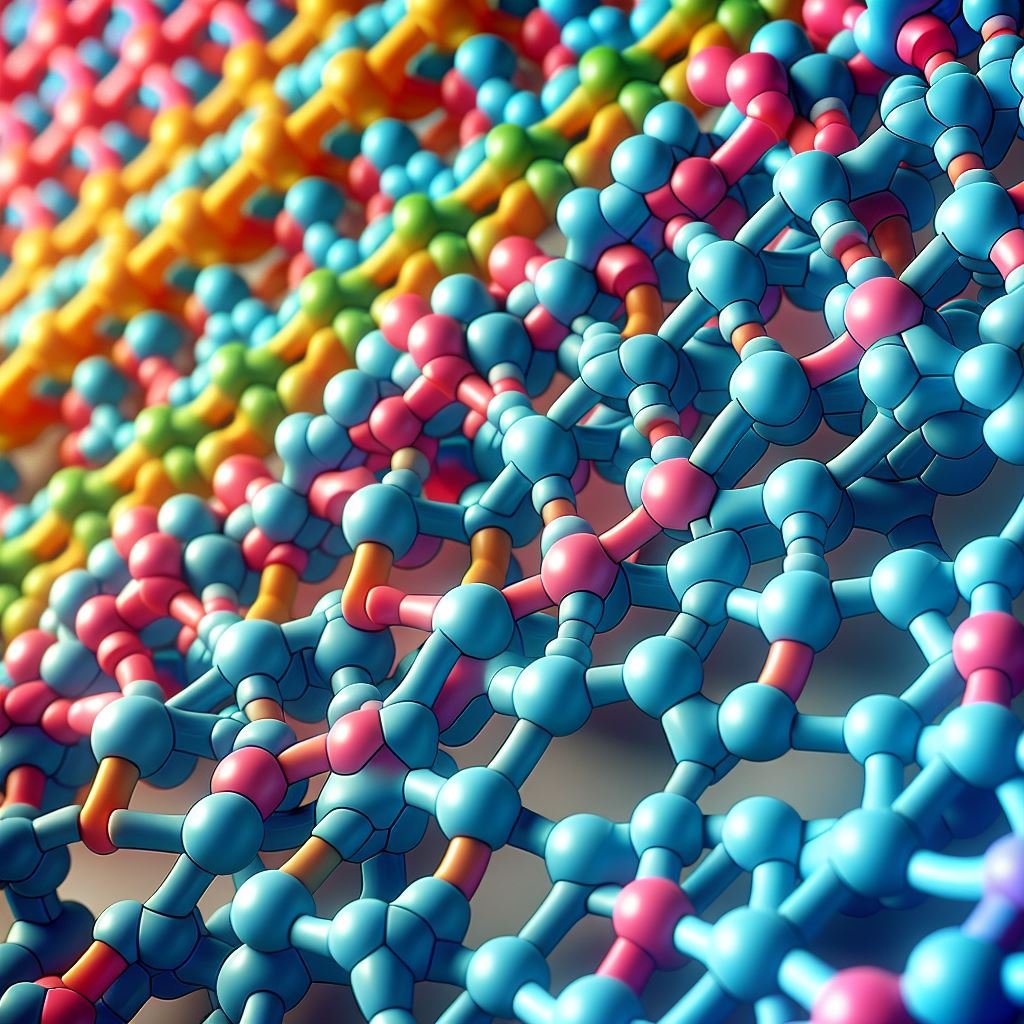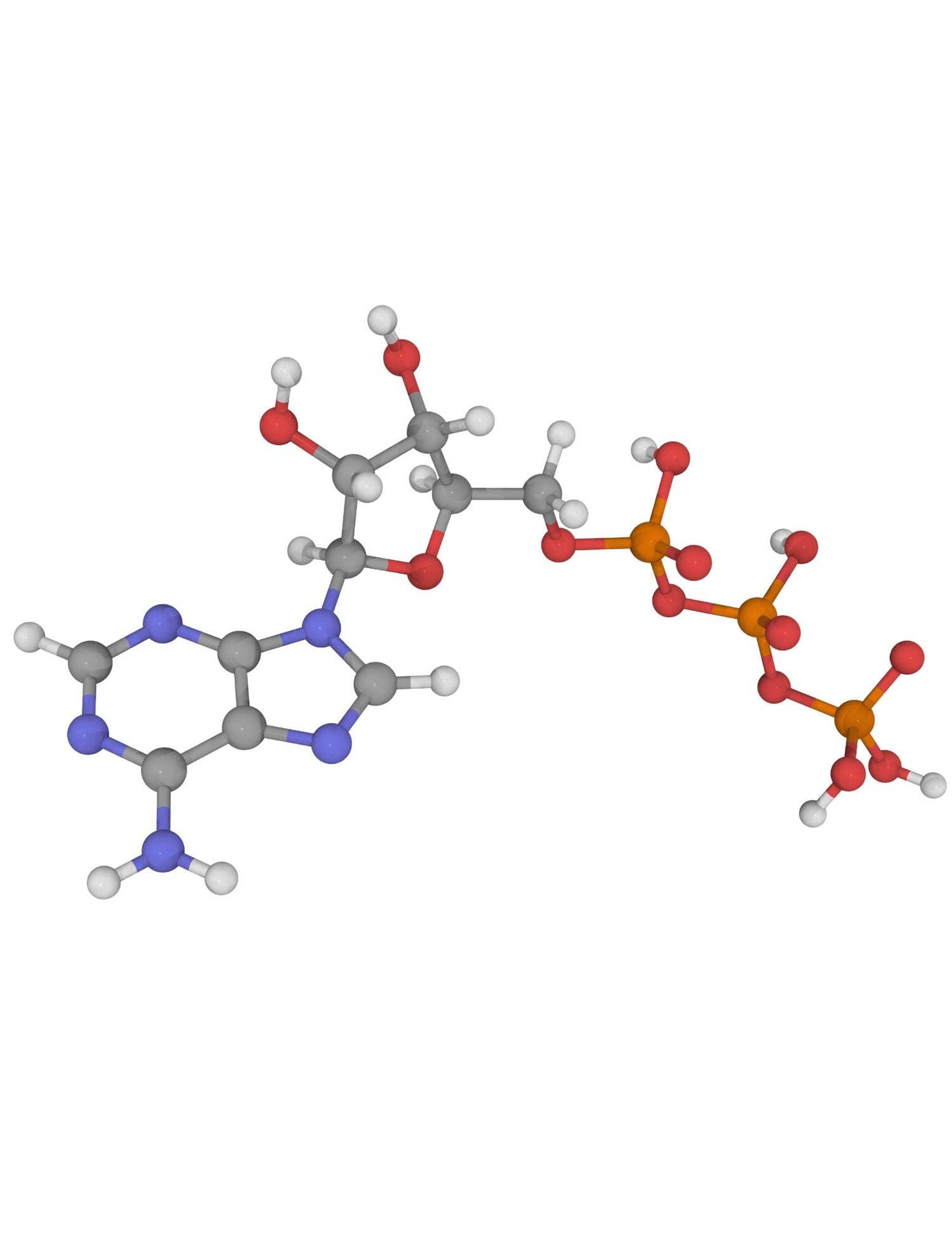Histology, Cytology & Pathology
← Back to all Histology, Cytology & Pathology products
Staining – Histology / Cytology
Polysciences offers premium staining solutions for histology and cytology, providing reliable visualization of cells and tissue structures. Our selection includes hematoxylin and eosin (H&E) stains, special stains, and cytochemical reagents, all made to the highest standards for clarity, consistency, and reproducibility in research, diagnostics, and teaching.
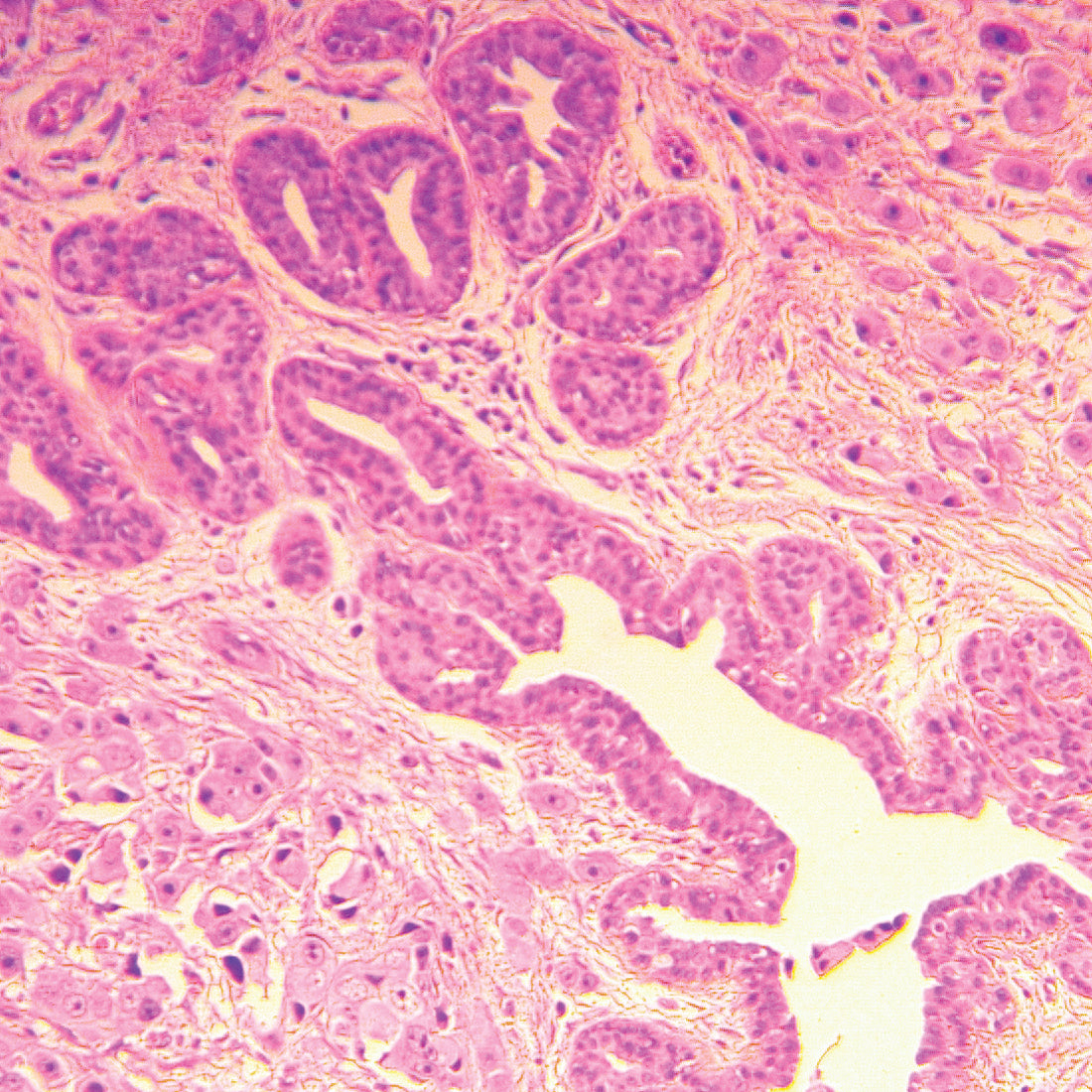
Collections
-
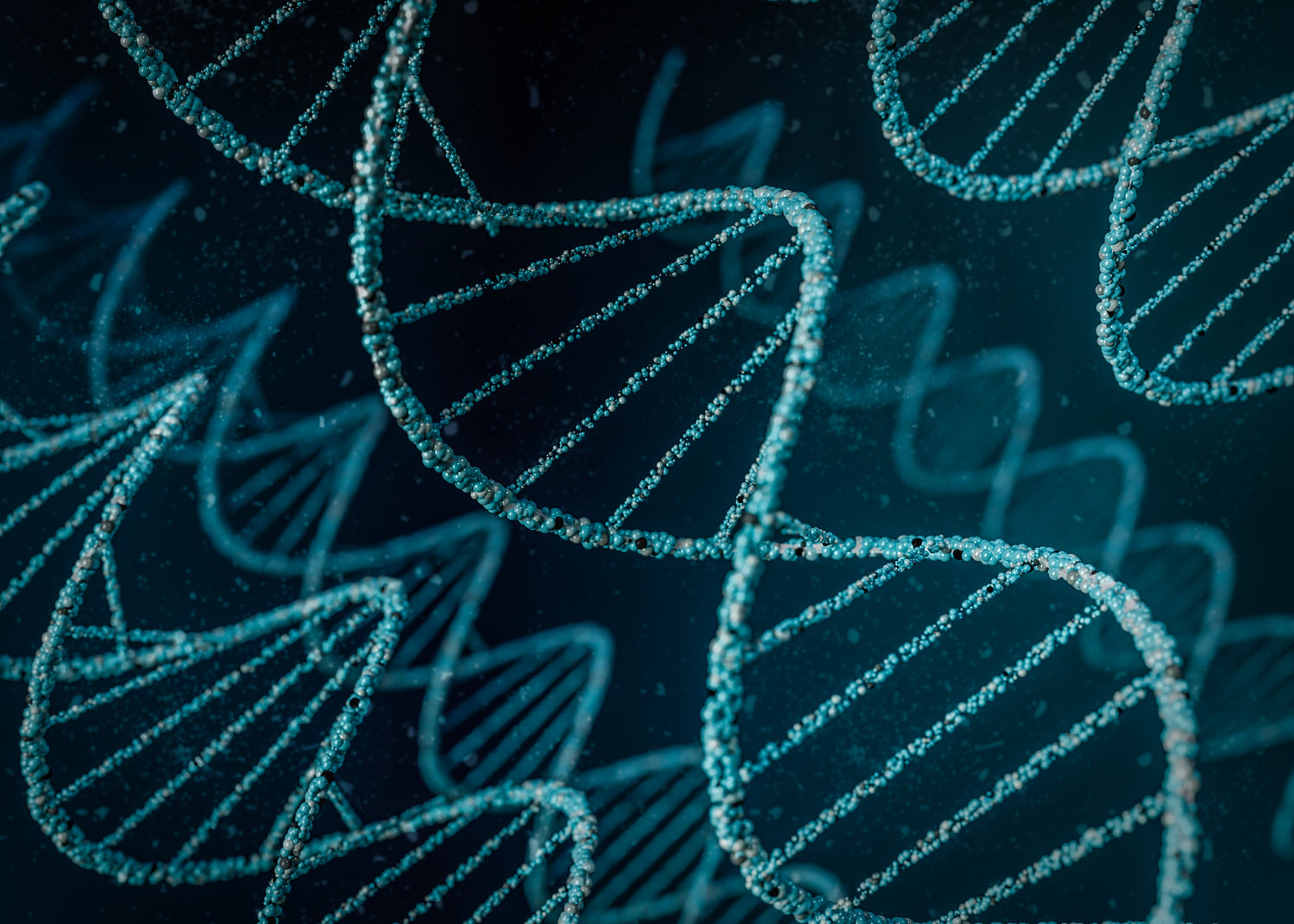
Bioprocessing, Lipids & Transfection
Find transfection reagents and lipids with various preparations and regulatory tiers to...
-
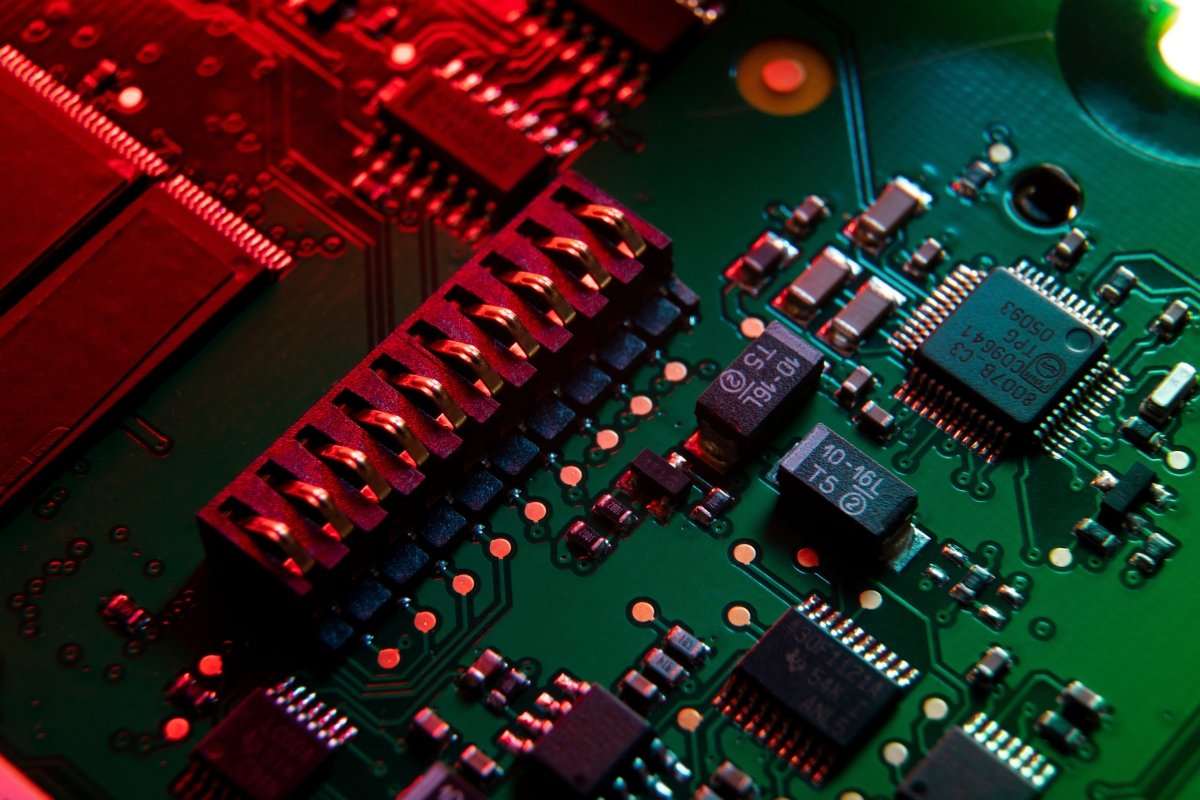
Electronic Chemicals
Access our portfolio of electronic chemicals, including underfills, encapsulants, and conformal coatings,...
-
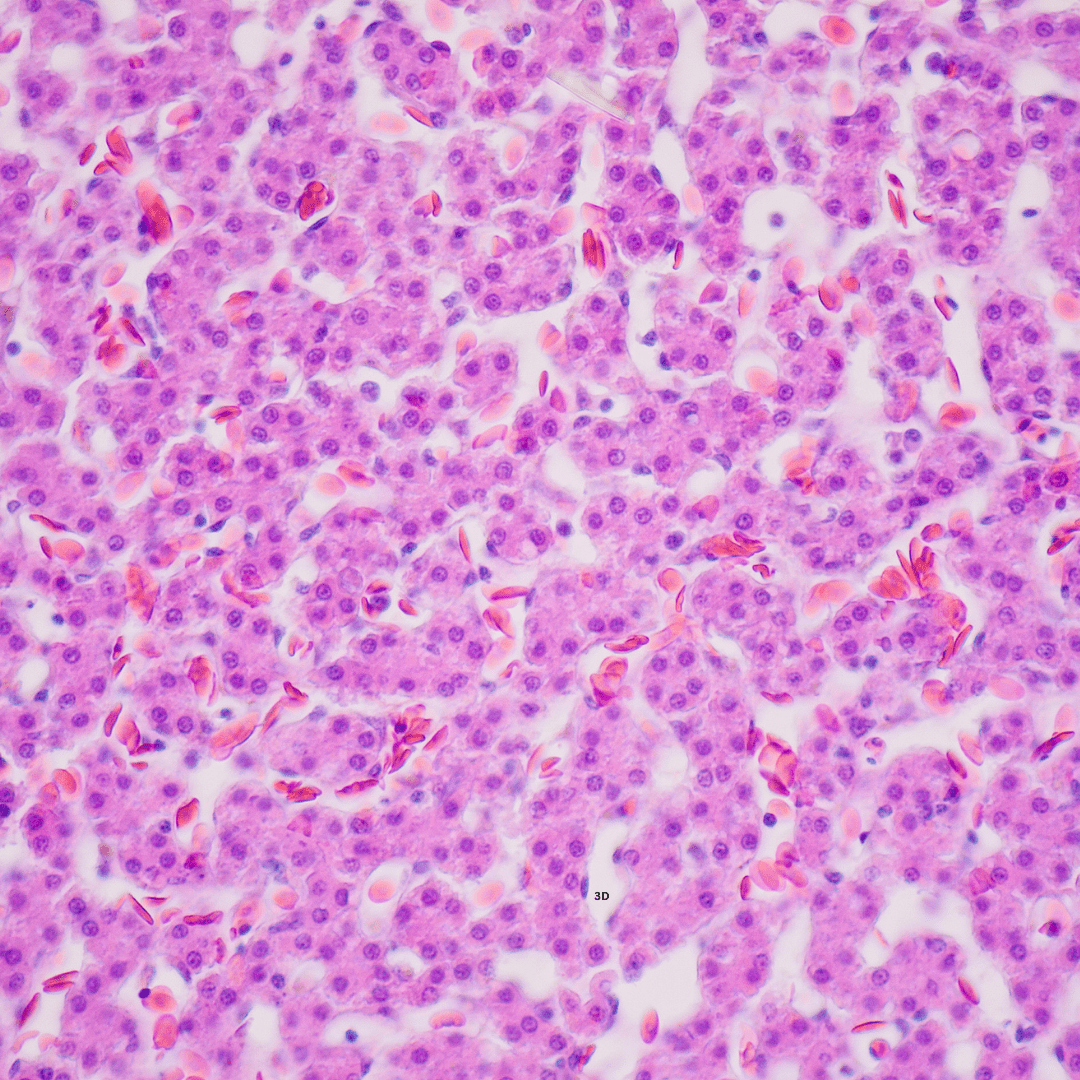
Histology, Cytology & Pathology
Explore a comprehensive range of products for histology, cytology, and pathology, including...
-
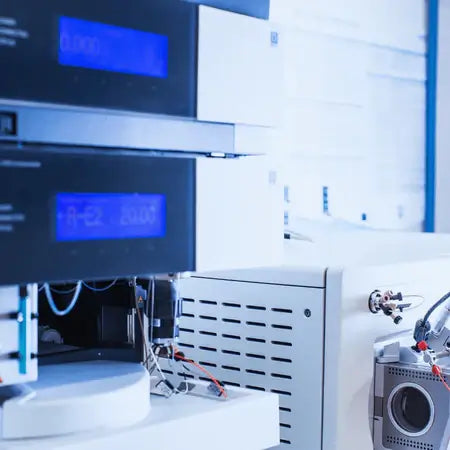
Instrument Standards
Find instrument standards for analytical instruments like cell analyzers and flow cytometers,...
-
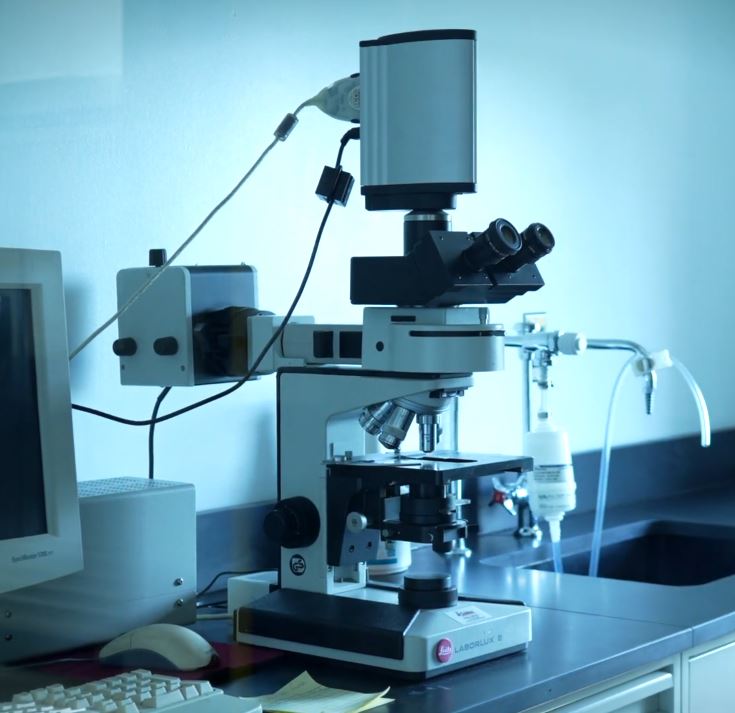
Histology & Microscopy
Equip your lab with our histology and microscopy products, offering high-quality staining...
-
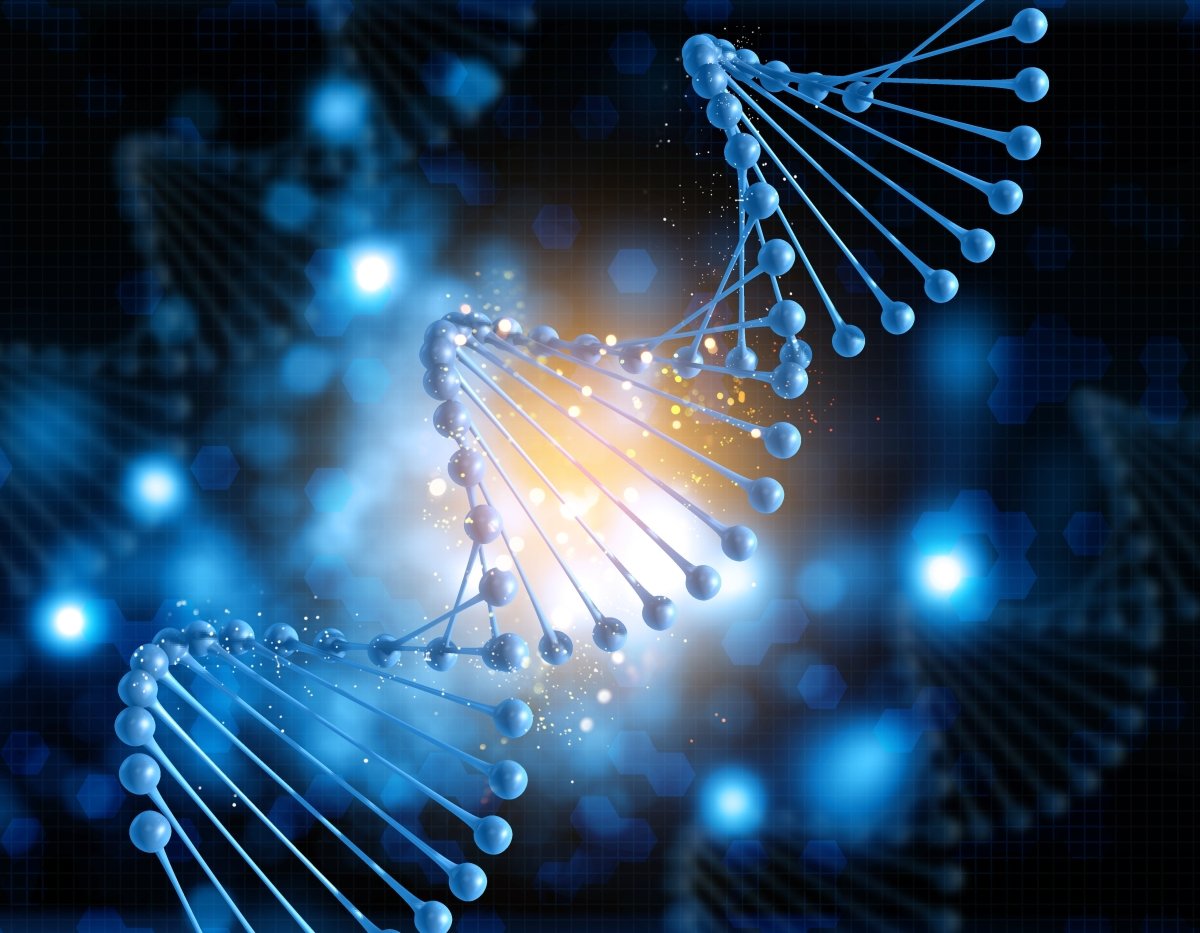
Life Sciences
Discover specialty chemicals and reagents supporting research in histology, microscopy, and anatomic...
-
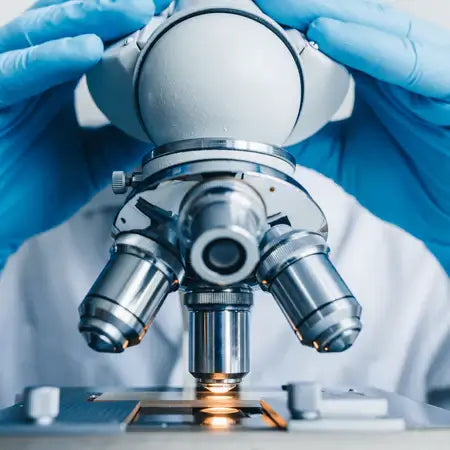
Microscopy & Electron Microscopy
Delve into our microscopy collections, featuring electron microscopy reagents and accessories essential...
-
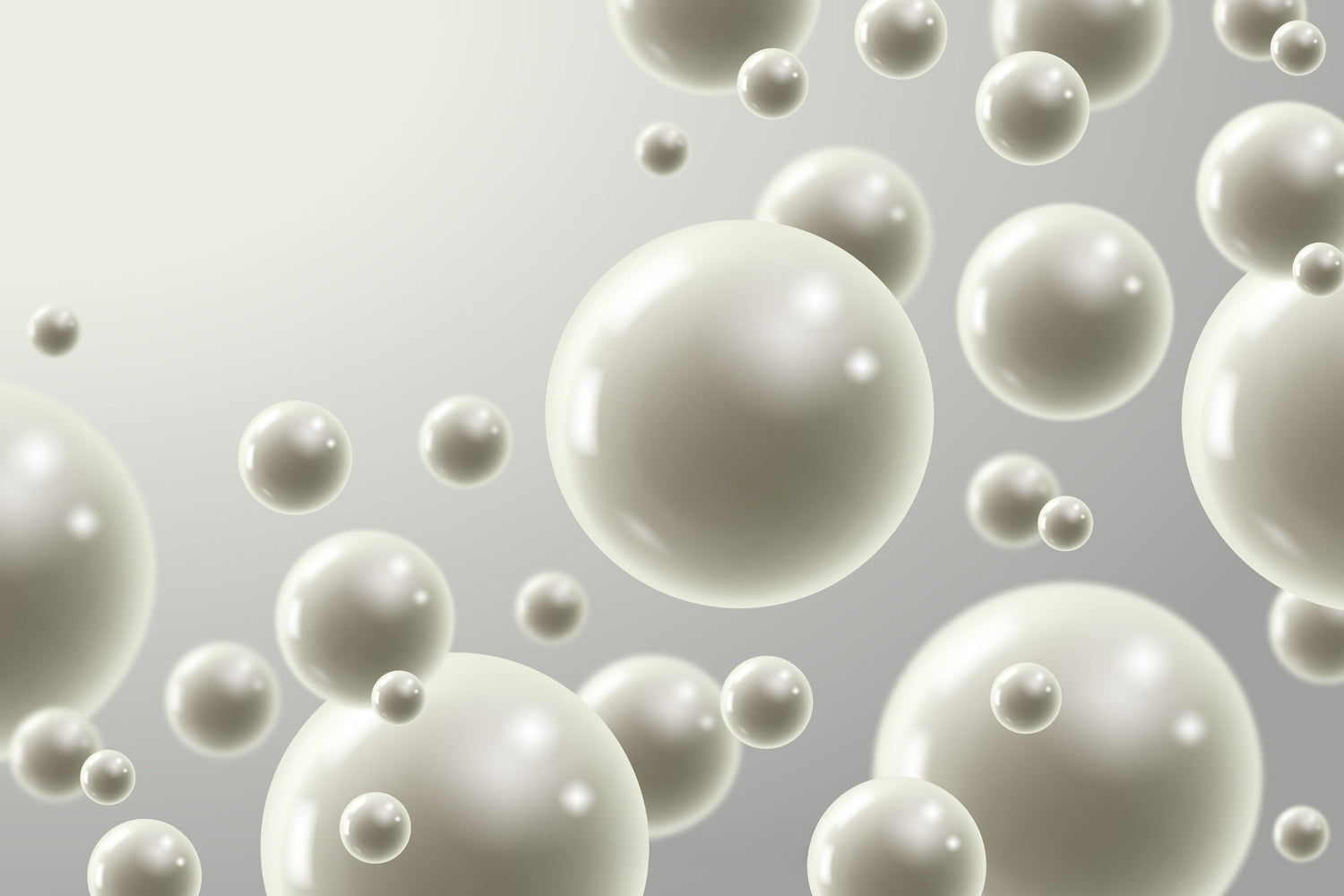
Microspheres & Particles
Popular Searches: Polystyrene Microspheres | Silica Microspheres | Carboxyl Microspheres Browse our selection of microspheres...
-
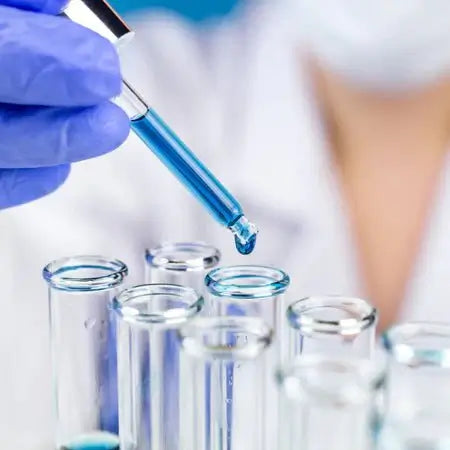
Specialty Chemicals & Adjuncts
Access our range of specialty chemicals and adjuncts, including resins, catalysts, solvents,...







